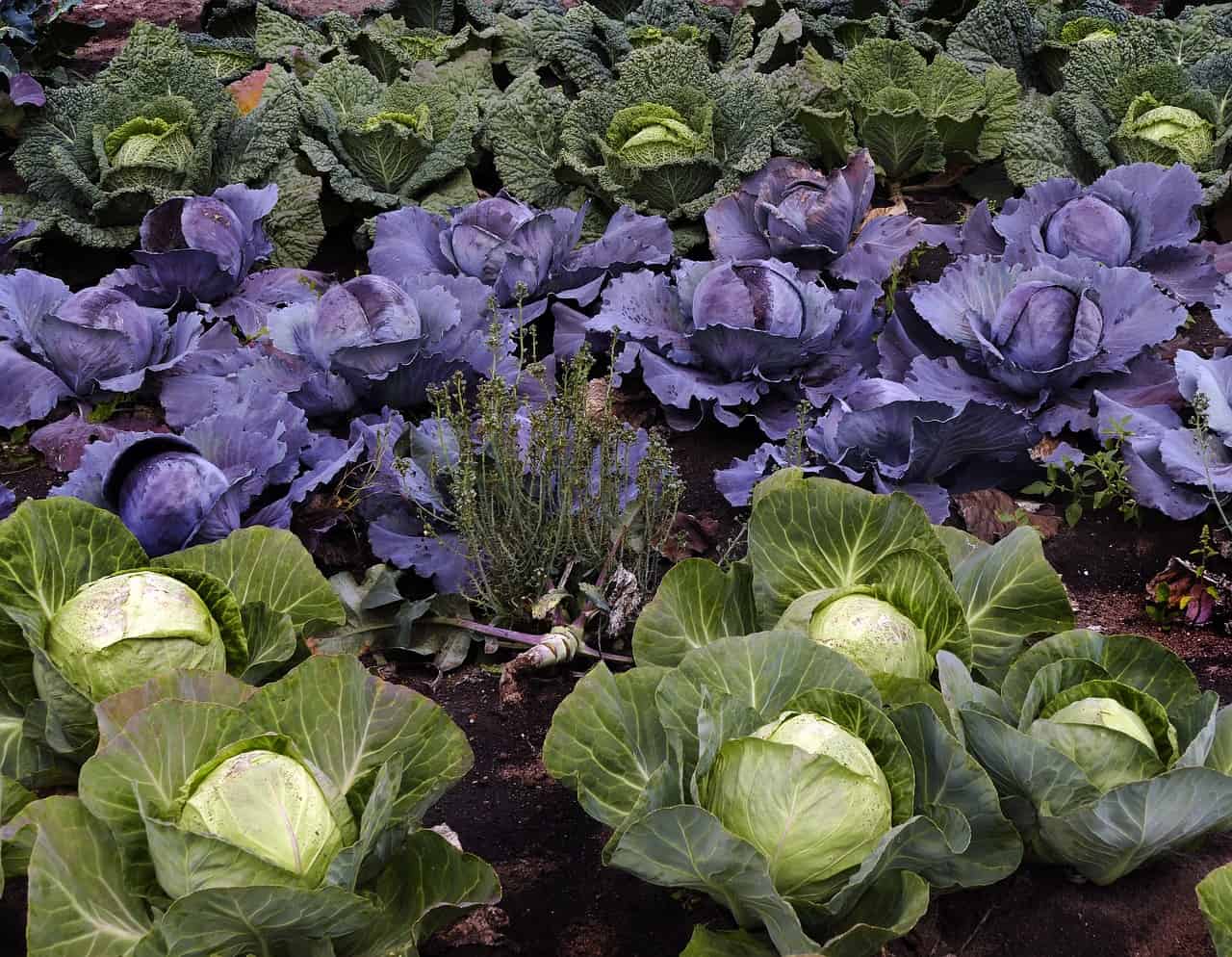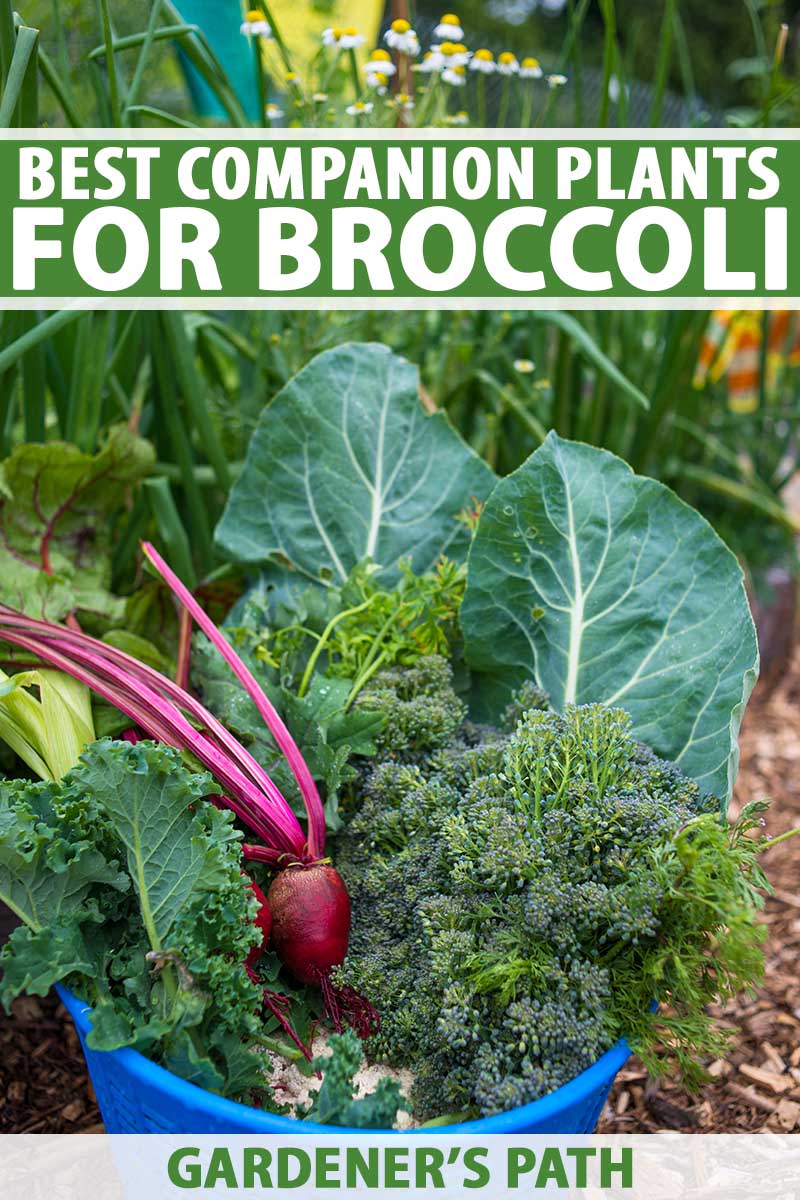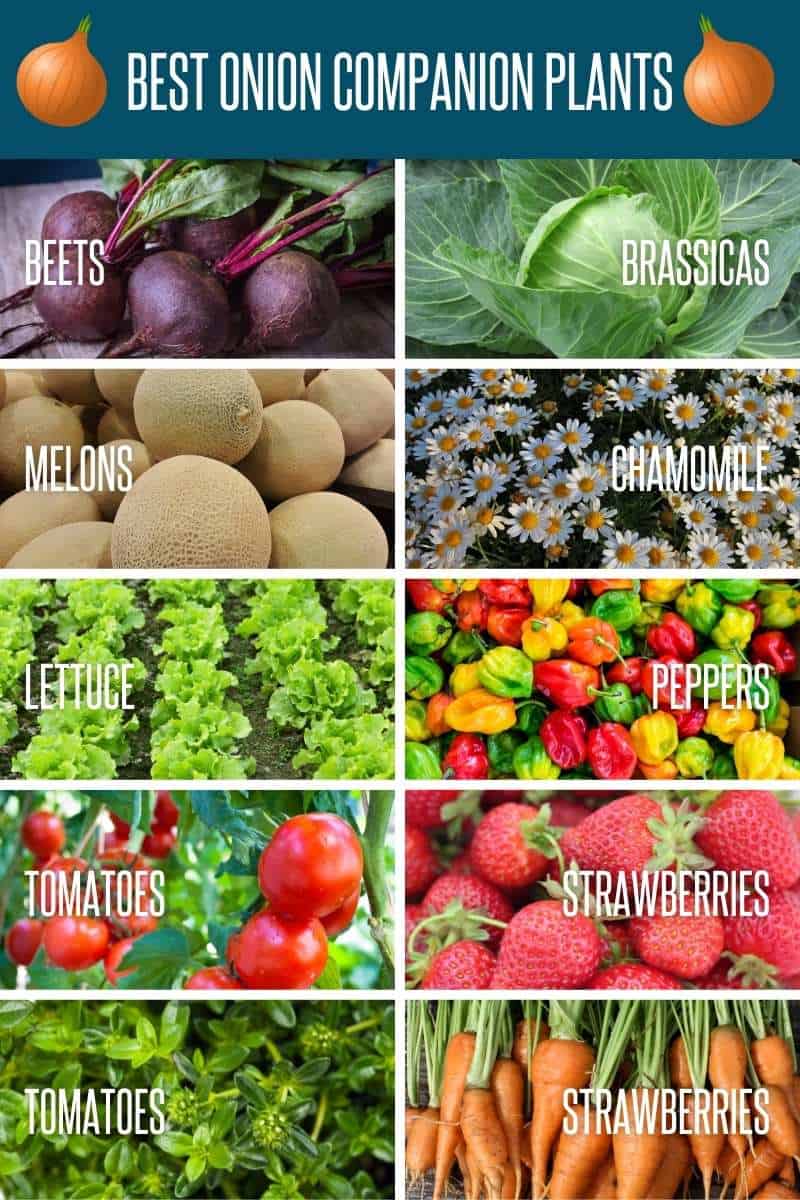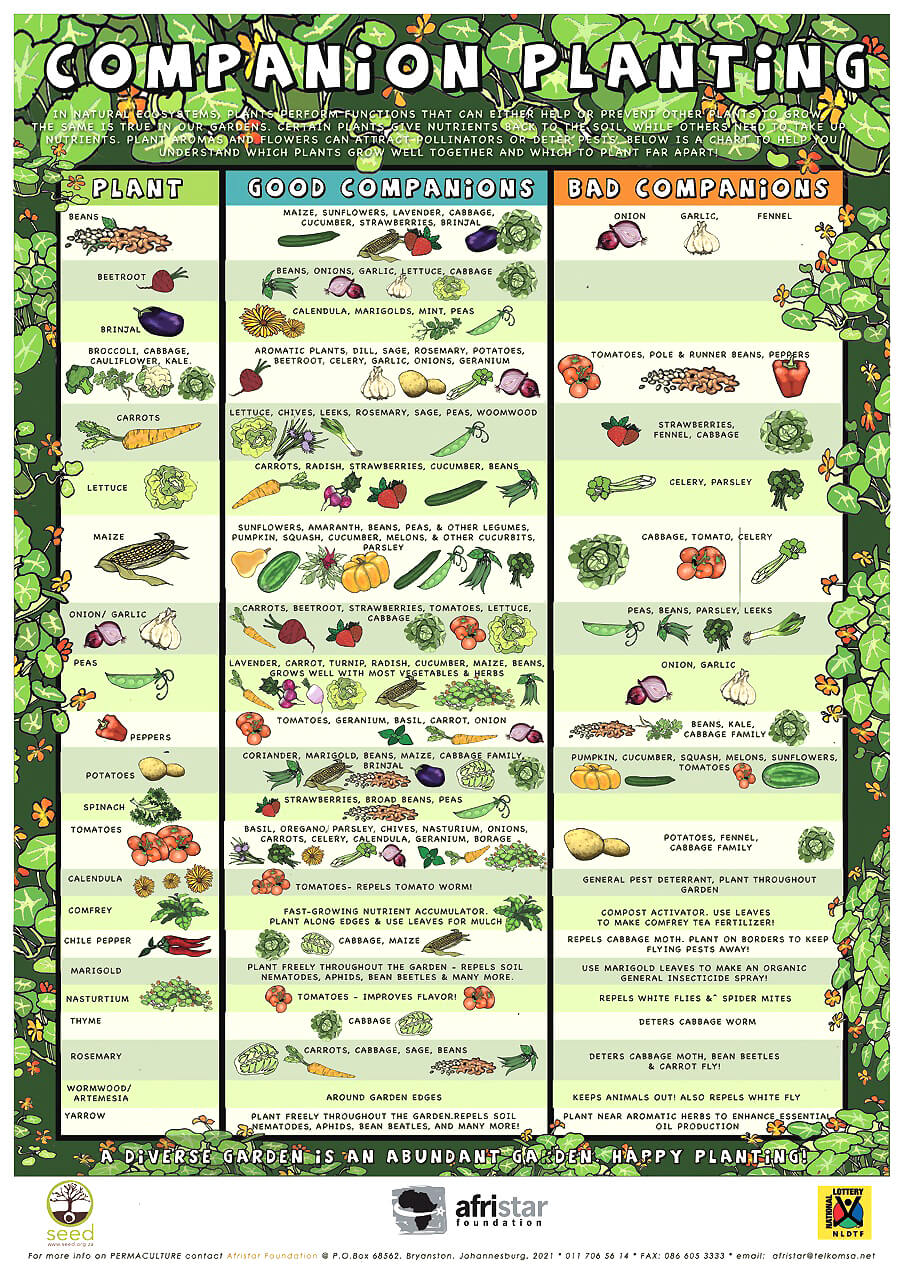Grow Bigger Better Brassicas With These
Grow Bigger Better Brassicas with These 10 Tips
Brassicas are a family of vegetables that includes cabbage, broccoli, cauliflower, kale, Brussels sprouts, and collard greens. They are all known for their nutritional value and their versatility in the kitchen. But did you know that there are a few things you can do to help your brassicas grow bigger and better?
In this blog post, we will share 10 tips for growing bigger better brassicas. These tips are based on our own experience as gardeners, as well as on the advice of experienced growers.
1. Choose the right variety
The first step to growing bigger better brassicas is to choose the right variety. Some varieties are known for their larger size, while others are more flavorful. Do some research to find varieties that are well-suited to your climate and growing conditions.
2. Prepare the soil
Brassicas need well-drained soil that is rich in organic matter. Before you plant, amend your soil with compost or manure. You can also test the pH of your soil to make sure it is in the ideal range (6.5-7.5).
3. Plant at the right time
Brassicas are cool-season crops, so they should be planted in the spring or fall. If you live in a warm climate, you may be able to grow them in the winter.
4. Thin the seedlings
When your seedlings are about 2 inches tall, thin them so that they are 6-8 inches apart. This will help them to grow larger and healthier.
5. Water regularly
Brassicas need regular watering, especially during hot weather. Water them deeply so that the water reaches the roots.
6. Fertilize
Brassicas benefit from a light application of fertilizer. You can use a balanced fertilizer, such as 10-10-10, or a fertilizer that is specifically designed for brassicas.
7. Protect from pests and diseases
Brassicas are susceptible to a number of pests and diseases, such as cabbageworms, aphids, and clubroot. There are a number of things you can do to protect your plants, such as planting resistant varieties, rotating crops, and using insecticidal soap or neem oil.
8. Harvest at the right time
Brassicas should be harvested when they are young and tender. If you wait too long, they will become tough and bitter.
9. Store properly
Brassicas can be stored for several weeks in a cool, dark place. If you are storing them for longer, you may need to blanch them first.
10. Enjoy!
Brassicas are delicious and nutritious vegetables that can be enjoyed in a variety of ways. Soak up their flavor in a stir-fry, roast them in the oven, or add them to a soup or stew.
Brassicas are a versatile and delicious group of vegetables, but they can be susceptible to pests and diseases. Companion planting is a great way to help protect your brassicas and improve their overall health.
There are many different companion plants that can benefit brassicas. Some of the best include:
- Alliums: Onions, garlic, and chives all help to repel pests that target brassicas.
- Marigolds: Marigolds release a scent that repels nematodes, which can damage brassica roots.
- Nasturtiums: Nasturtiums attract beneficial insects that help to control pests.
- Legumes: Legumes, such as beans and peas, fix nitrogen in the soil, which can benefit brassicas.
- Herbs: Herbs such as rosemary, sage, and thyme can help to deter pests and improve the flavor of brassicas.
To learn more about the best companion plants for brassicas, I recommend visiting Gardenia Inspiration. This website has a comprehensive list of companion plants, as well as information on how to plant them and how they benefit each other.
FAQ of best companion plants for brassicas
Q: What are the best companion plants for brassicas?
A: The best companion plants for brassicas are those that deter pests, attract beneficial insects, or improve the soil. Some of the best companion plants for brassicas include:
- Alliums: Onions, garlic, leeks, and chives all help to repel pests such as cabbage moths, cabbage loopers, and aphids.
- Marigolds: Marigolds release a chemical that repels nematodes, which can damage brassica roots. They also attract beneficial insects, such as ladybugs and lacewings, which prey on pests.
- Nasturtiums: Nasturtiums also attract beneficial insects and can help to deter pests. They can also be used as a trap crop, as cabbage moths are attracted to their bright colors and will lay their eggs on them instead of on your brassicas.
- Borage: Borage is a nitrogen-fixing plant, which means it can help to improve the soil for your brassicas. It also attracts beneficial insects, such as bees and butterflies.
- Lettuce: Lettuce is a fast-growing crop that can be planted between your brassicas. It will be harvested before the brassicas need the space, and it can help to attract beneficial insects.
Q: What are some of the benefits of companion planting with brassicas?
A: There are many benefits to companion planting with brassicas, including:
- Reduced pest problems: Companion plants can help to deter pests, which can save you time and money on pest control.
- Increased crop yields: Companion plants can help to improve the soil and attract beneficial insects, which can lead to increased crop yields.
- Improved plant health: Companion plants can help to improve the overall health of your brassicas, making them more resistant to pests and diseases.
- Enhanced biodiversity: Companion planting can help to enhance the biodiversity of your garden, which can benefit both your plants and the local wildlife.
Q: What are some of the common mistakes people make when companion planting with brassicas?
A: Some of the most common mistakes people make when companion planting with brassicas include:
- Planting incompatible plants together: Some plants, such as tomatoes, can compete with brassicas for nutrients and water. It is important to do your research before planting companion plants together.
- Not planting enough companion plants: Companion plants should be planted in close proximity to your brassicas in order to be effective.
- Not rotating crops: Rotating crops helps to prevent the buildup of pests and diseases. If you plant brassicas in the same spot year after year, you are more likely to have problems with pests and diseases.
Q: What is the easiest brassica to grow?
A: Short-season greens, such as baby kale, mustard greens, and bok choy, are the easiest brassicas to grow. They are relatively fast-growing and can be harvested in a few weeks.
Image of best companion plants for brassicas
- Nasturtiums: Nasturtiums are a great companion plant for brassicas because they attract pests away from the brassicas. They also help to suppress weeds.

- Marigolds: Marigolds are another great companion plant for brassicas. They help to repel pests such as aphids, whiteflies, and cabbage moths.

- Lettuce: Lettuce is a good companion plant for brassicas because it helps to improve the soil quality. It also helps to shade the roots of the brassicas, which can help to prevent them from developing root rot.

- Onions: Onions are a good companion plant for brassicas because they help to deter pests such as root maggots. They also help to improve the flavor of the brassicas.

- Chives: Chives are a good companion plant for brassicas because they help to repel pests such as cabbage moths. They also help to improve the flavor of the brassicas.

Post a Comment for "Grow Bigger Better Brassicas With These"